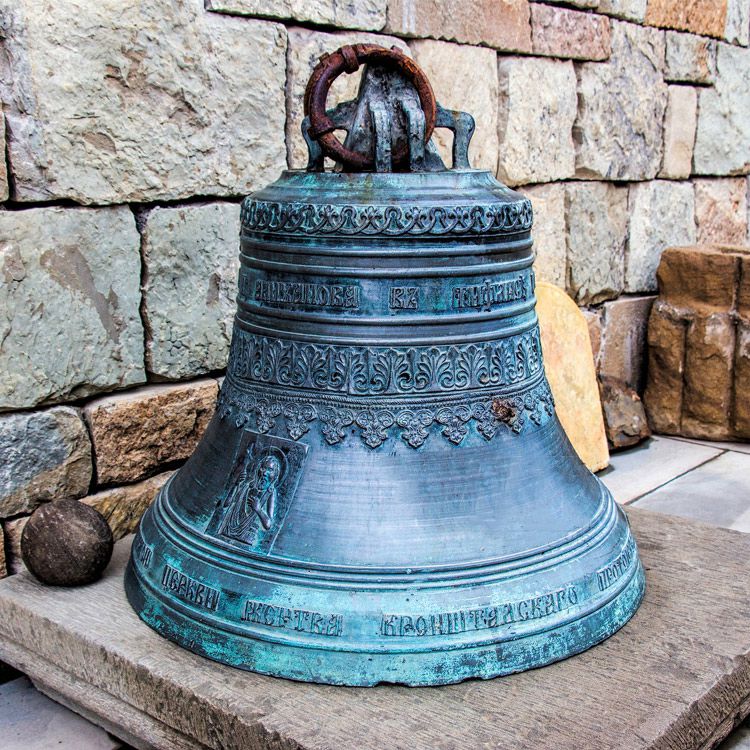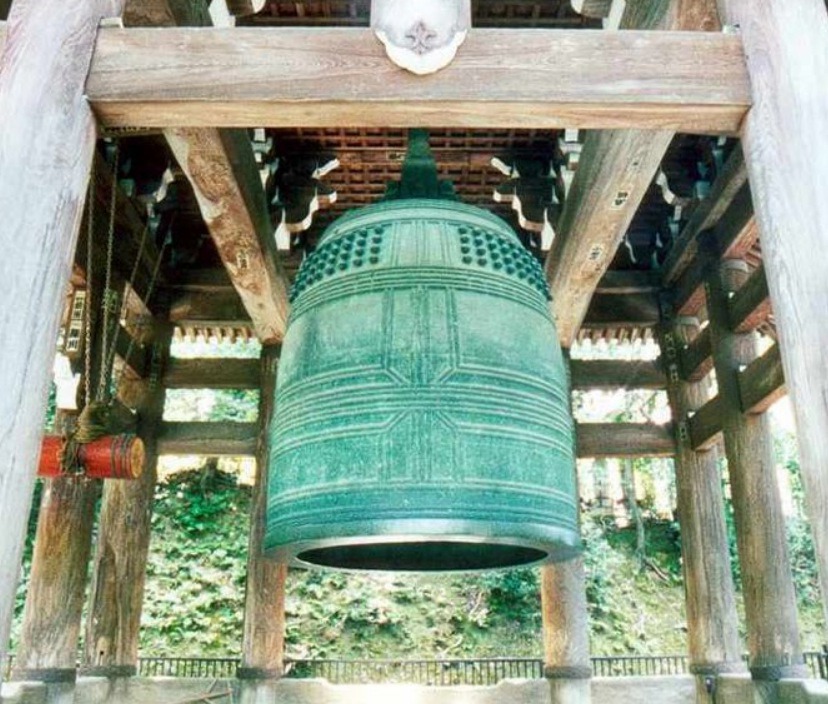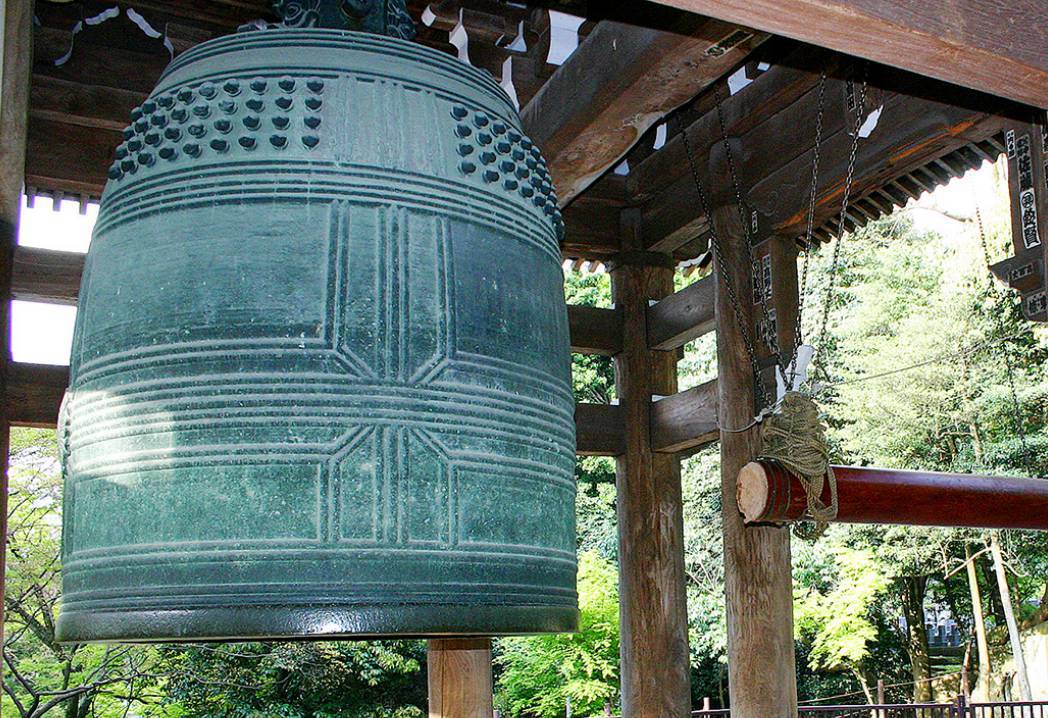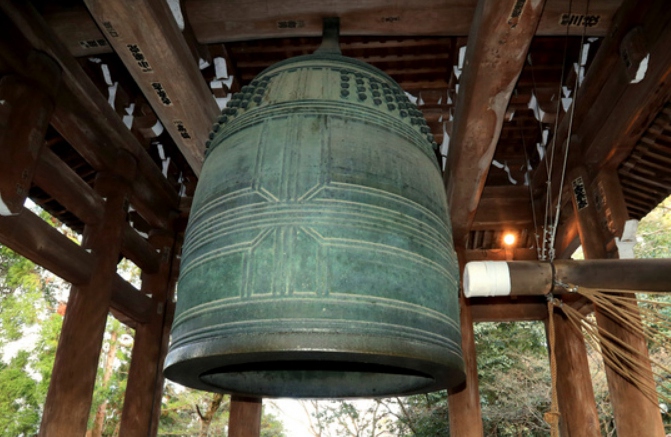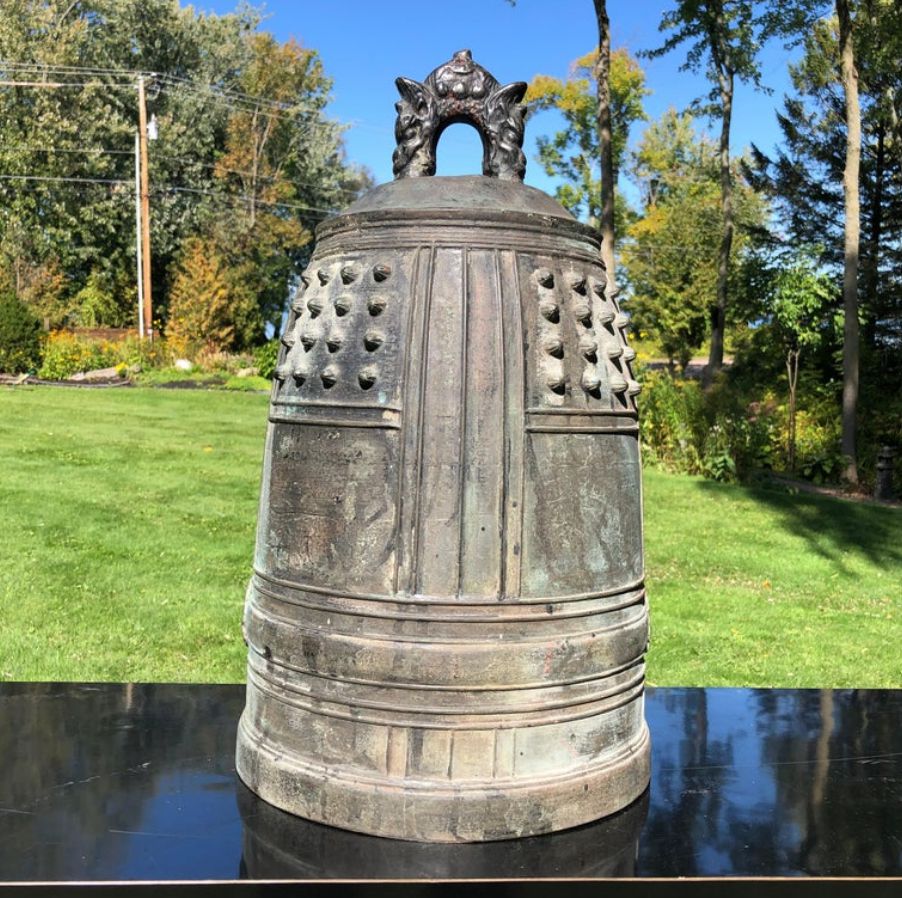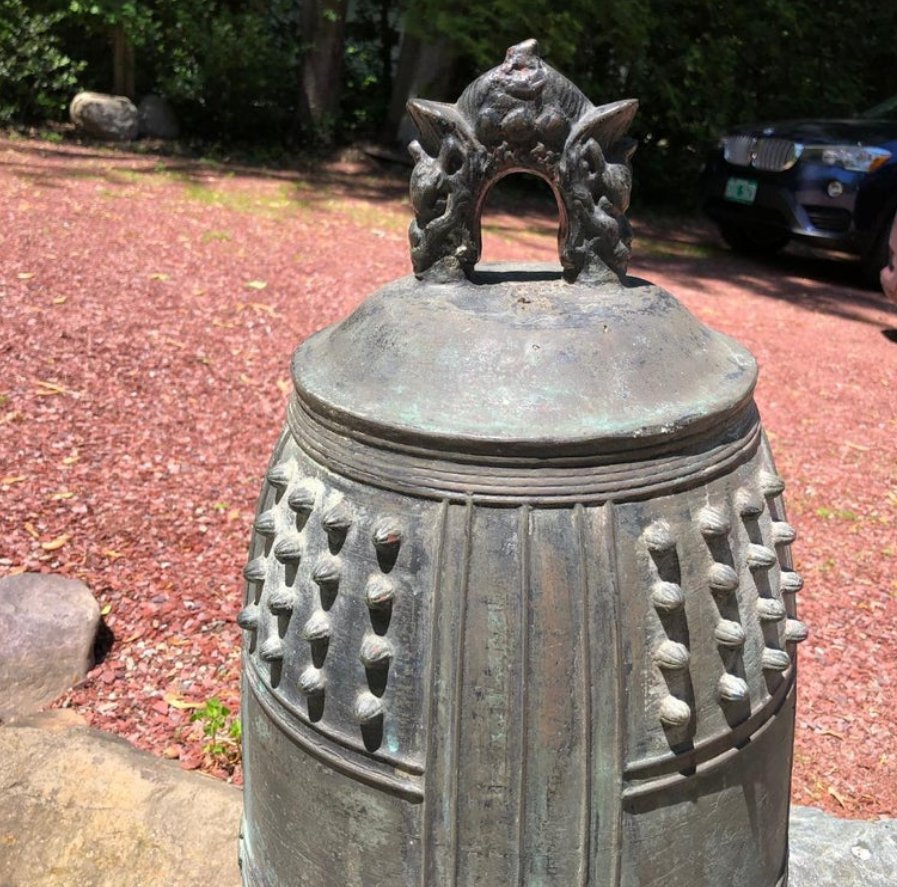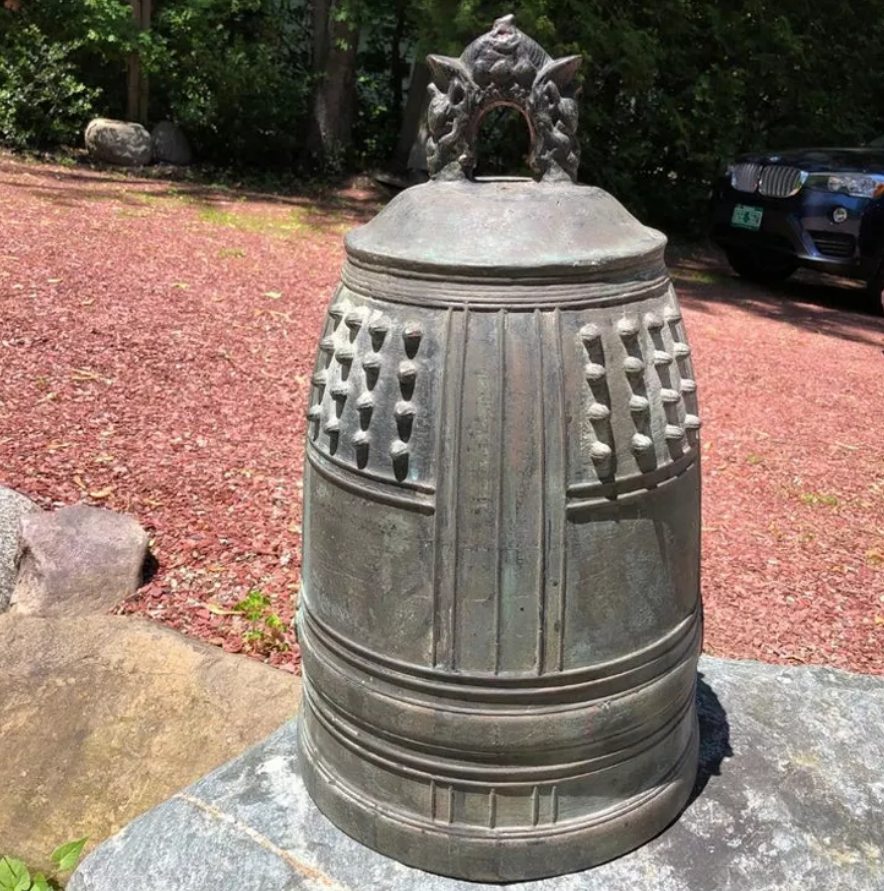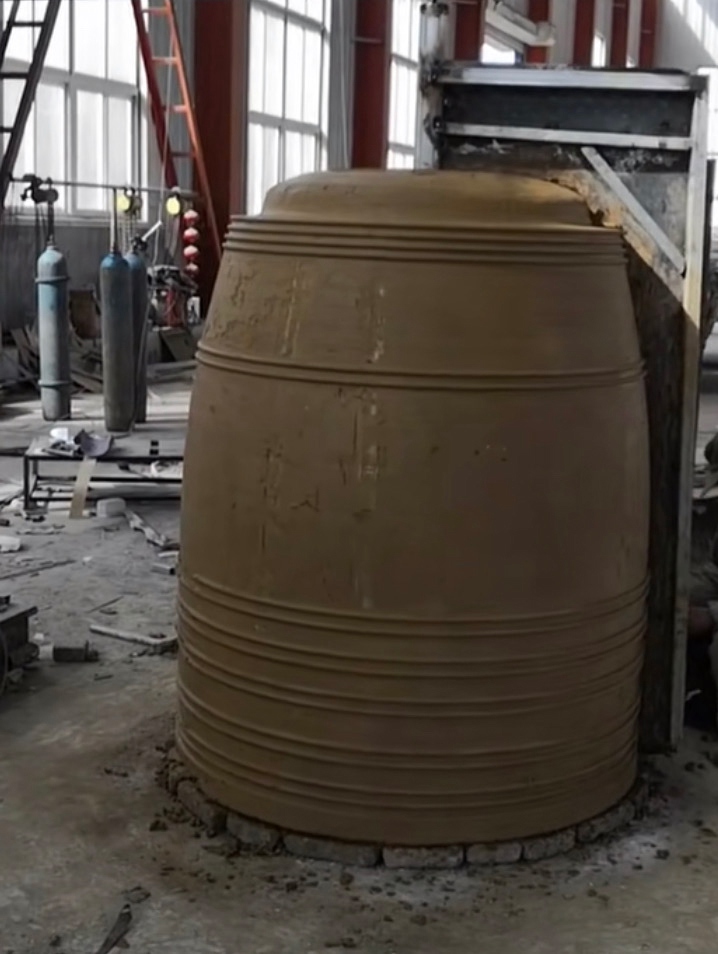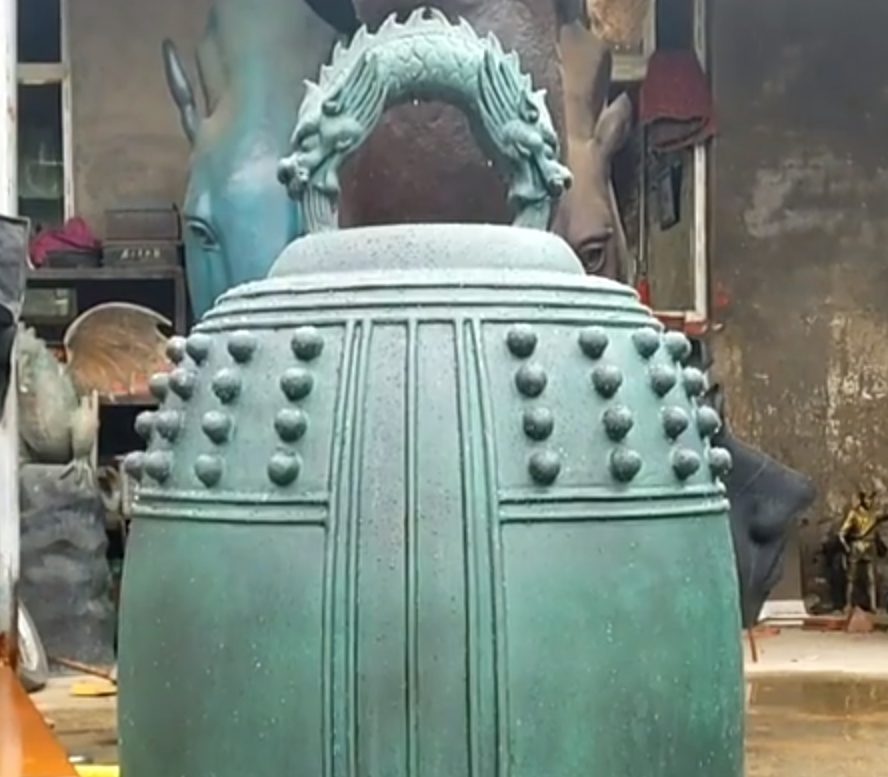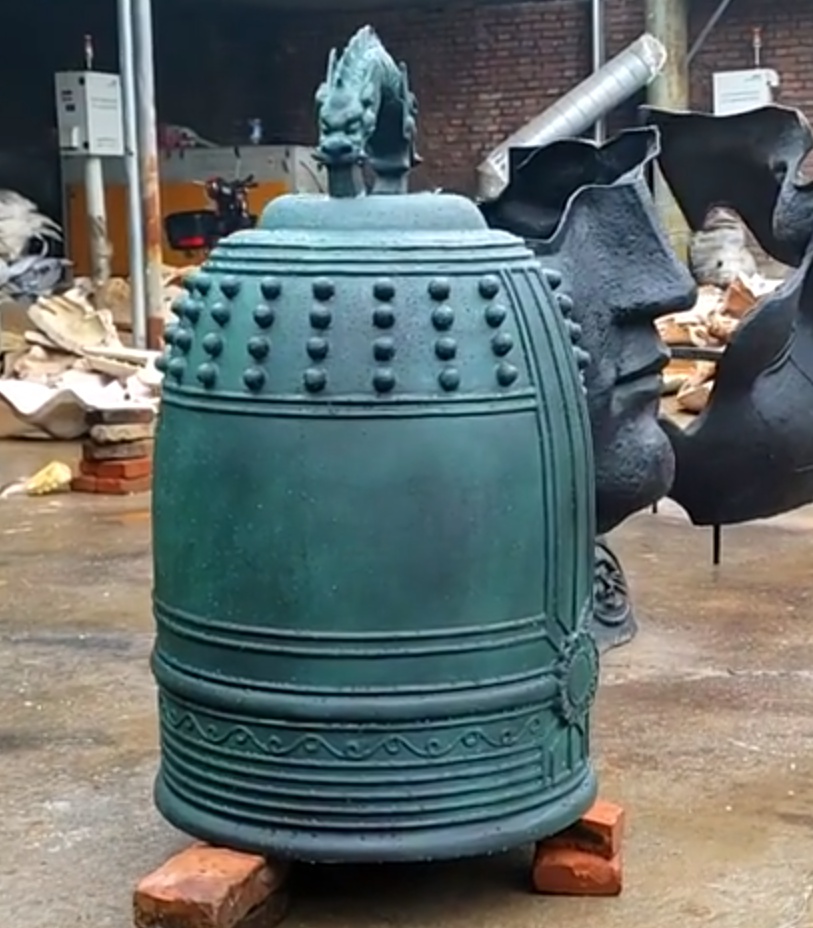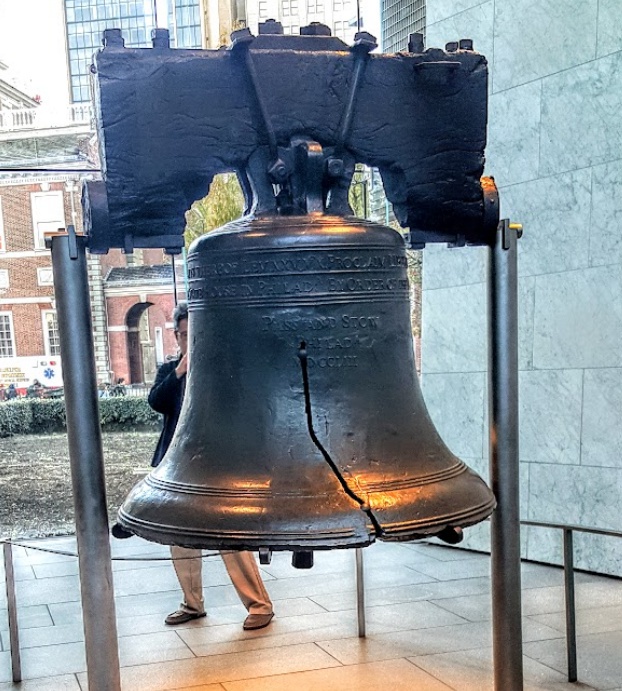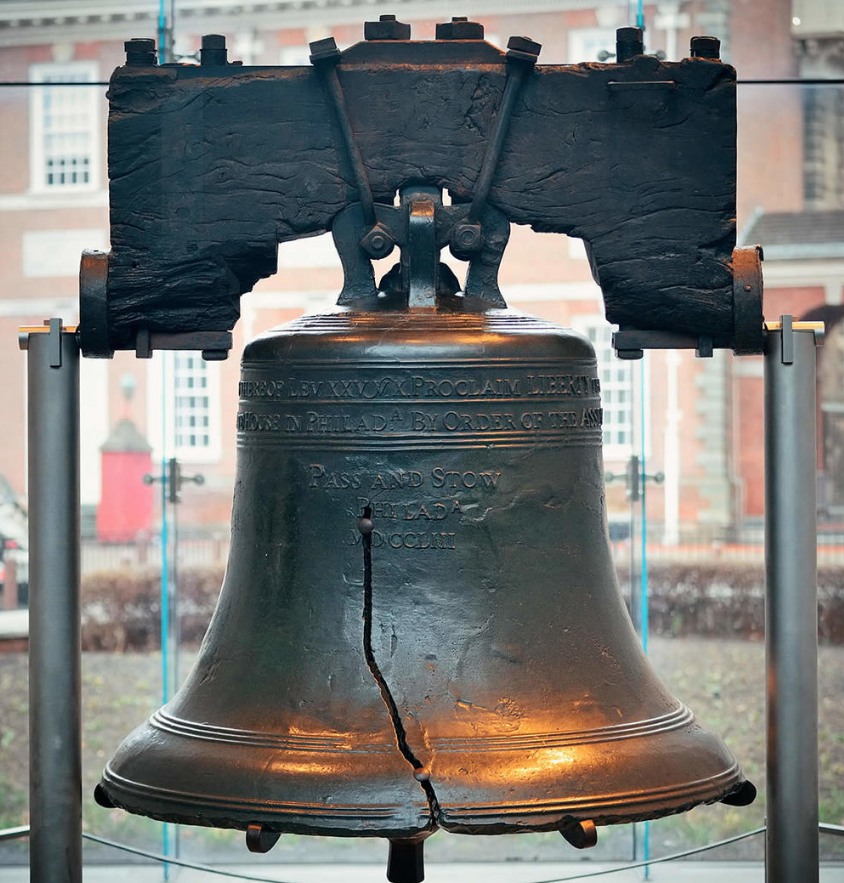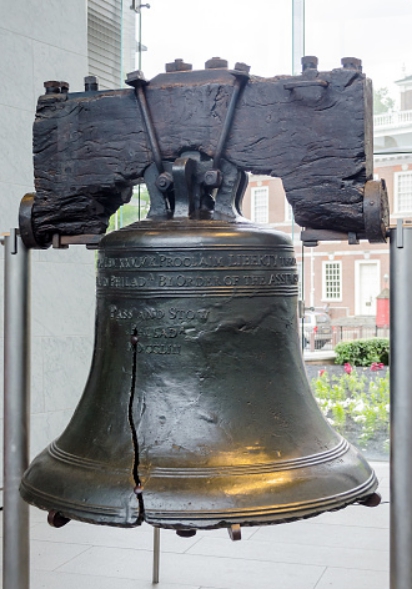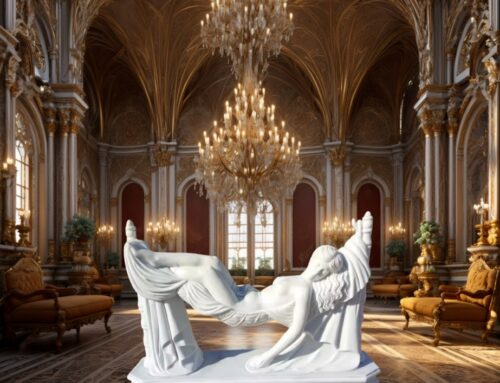Bronze church bell for sale
Bronze is the best material for making church bell
The bells are made of pure copper. The words “brass” and “bronze” are often used interchangeably, but they are very different metals. Both are alloys, and both contain a lot of copper — but that’s where the similarities end. Brass, by contrast, is a very soft metal. For example, it is used in pipe fittings because it is easy to use and easy to machine. Brass is not as hard as bronze. Brass is also prone to corrosion, so most plumbing fixtures are coated with another metal, such as chromium, to make them more durable. You will find that bronze bells do not sound as pure as bronze bells. Brass bells have a “jingle” or “brass” sound to them.
Bronze, on the other hand, was very hard and could last forever. In fact, there are several grades of bronze. A type called Admiralty bronze was used for cannons and propellers on ships. Bell bronze is the purest bronze in the bronze family. Not only is the copper content higher than conventional bronze itself. But there is no contamination of other metals in the alloy. That’s why bronze bells give you such perfect pitch and clarity.
Bronze church bell for sale in catholic:
The habit of ringing church bells has been around for thousands of years, and this tradition was first developed by the Catholic Church. In medieval Europe, people were generally religious and went to church every day to attend mass (missa) and hourly prayers. The church bell in the morning is to tell everyone in the world that now Mass (understood as a religious ceremony, you will understand better) is about to begin, and you all come to the church to meet the Lord.
Generally speaking, the bells are tolled three times a day, once in the morning, at noon and in the evening. The Catholic Church has an ancient scripture in the Angelus since ancient times. The third section, which is mostly carried over by the now ancient monastery.
Summary: The bell reminds people to pray and not forget the meaning of God. Let every believer remember the bell of God in their life, let them live more by their faith, and be a person who benefits the society and themselves. The bells also tell the people that Mass is held, and how the church celebrates the great feast. When the priest of the church (the priest who manages the church) dies, the church also rings the bell to tell everyone that he has rested in the arms of the Lord and ascended to heaven.
How to make the bronze church bell for sale?
Bronze church bell for sale can be said to be a relatively large category of bronze sculptures. There are various kinds of bronze bells and different applications. Common bronze bells are temple bronze bells, Yellow River bells, and church bronze bells. There are various types of bells and so on. With the different needs of people, some places will also cast large bronze church bells for sale in order to show their cultural history. So how are so many different bells made? First of all, the casting process of bronze bells is a kind of artistic casting. In order to achieve this effect, firstly, the design should be considered adequately, and secondly, the design effect should be fully presented during production. effect of the graph. The bronze church bell for sale is made by new technologies such as three-dimensional digital technology, intelligent manufacturing technology, and simulation of solidification in the casting process. The text and decoration are clear, the lines are smooth, and there are no casting defects. The bell is loud and thick when struck. And melodious, reaching the design requirements of the bronze bell.
Patina surface for bronze church bell for sale:
The patina surface or copper heat coloring of the bronze church bell for sale, also known as patina, is modeled after an antique. i.e. using chemical, electrolytic, physical, mechanical, and heat treatment methods. Produce films, coatings, or coatings in multiple colors for sculptural surfaces. Patina has many methods and different names. Bronze church bell for sale often depends on the treatment and source of color. Generally can be divided into coating (including spraying) thermal coloring, chemical coloring, electrolytic coloring, chemical plating, electroplating coloring, vacuum coloring, vacuum gold plating, gold plating, and other technologies. Among them, the most commonly used are chemical coloring, dyeing, and heat treatment coloring of the bronze church bells for sale. There are many traditional coloring methods, especially in copper and copper alloy artworks.
Cool or hot colors of the bronze church bell for sale carvings and copper alloy castings
The cold coloring reaction is slower and the resulting film is stronger. The thermal coloring reaction is fast, and the film is thicker, but not firm. So Aongking uses the concentration of diluted coloring liquid to make the coloring layer strong and durable.
Things to pay attention to when making bronze church bells for sale:
After measuring the quality of the bronze church bell for sale, in addition to external factors such as clear text, clear decoration, smooth lines, and no casting defects, whether the bell sounded when struck is loud, vigorous, or melodious. An important factor in the quality of bronze bells. The design of the bronze bell The design process of the bronze bell not only pays attention to the size and shape of the bell. But the most important thing is to design the wall thickness of the bronze bell because the wall thickness of the bronze church bell for sale directly affects the frequency of its vibration, thus affecting the sound of the bell. In addition, the design process of the bronze church bell for sale must pay attention to the concentricity and roundness of the inner and outer contours of the bell, to ensure the consistency of the radial wall thickness and the continuity of the axial wall thickness, and to ensure the generation of the beat frequency, thereby ensuring the bronze bell. A loud, thick sound is emitted during impact. You can find more bronze church bells for sale.

